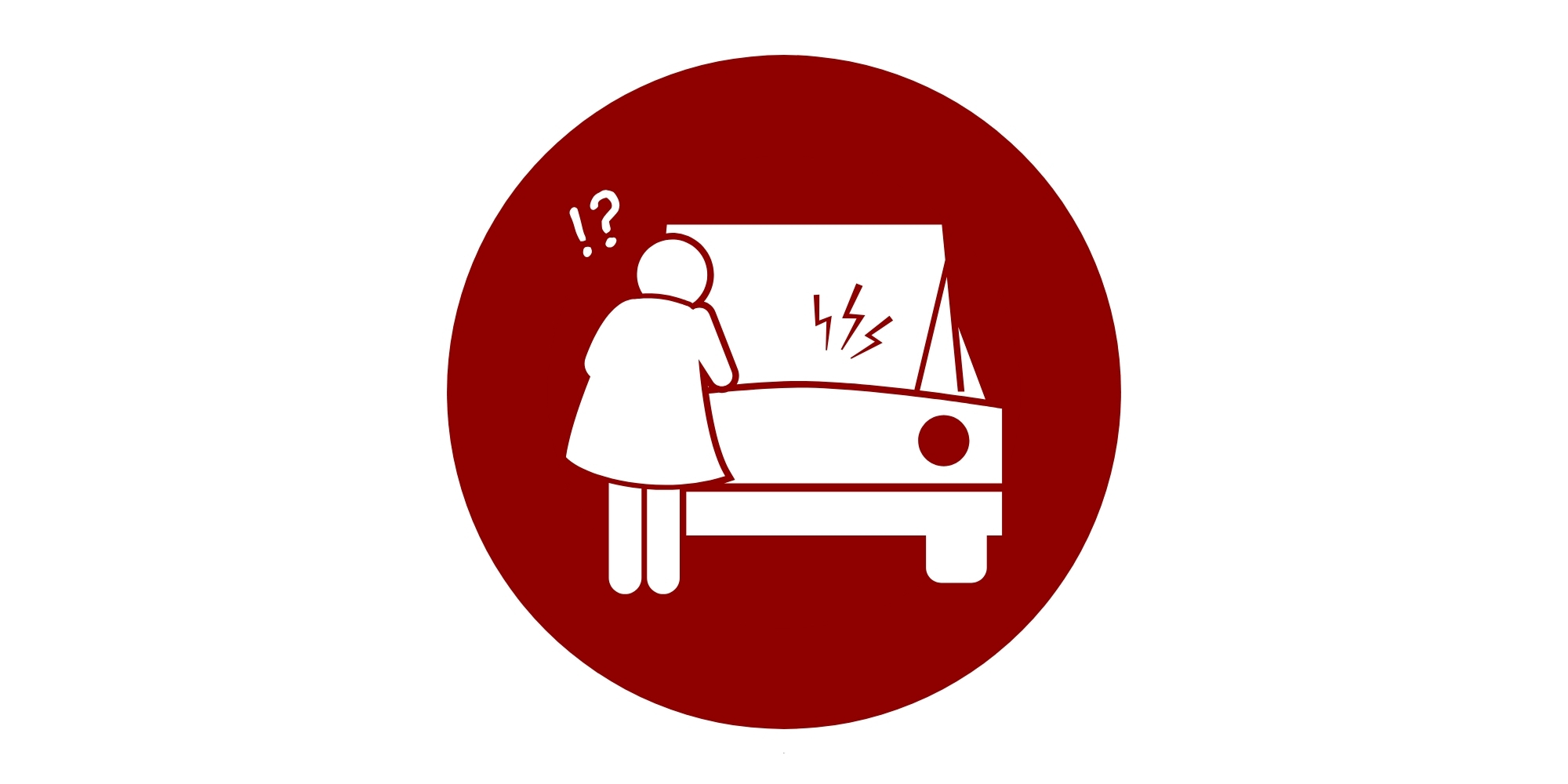Major Android Malware Alert: Over 10,000 Irish Devices Compromised by BadBox 2.0
Your smart TV could be a secret proxy for cybercriminals. Ireland hit by massive BadBox malware outbreak affecting cheap Android devices with hidden backdoors.

Ireland's National Cyber Security Centre has issued an urgent warning after detecting a significant surge in Android devices infected with sophisticated BadBox 2.0 malware, with over 10,000 Irish IP addresses already compromised.
The National Cyber Security Centre (NCSC) revealed on 18 July that BadBox 2.0 malware has infiltrated thousands of consumer Android devices across Ireland, turning them into unwitting participants in a global botnet operation.
This isn't your typical malware infection. BadBox 2.0 comes pre-installed in device firmware during manufacturing, primarily targeting low-cost Android tablets, smart TVs, digital photo frames, and phones from budget manufacturers with poor supply chain security.
What Makes BadBox 2.0 Particularly Dangerous
The malware operates as a modular ecosystem, transforming infected devices into multi-purpose attack platforms. Once connected to the internet, compromised devices immediately contact command and control servers, enabling attackers to conduct various malicious activities.
The malware's capabilities include generating fake advertising revenue by secretly clicking ads in the background, silently installing apps to manipulate app store rankings, and turning devices into proxy exit nodes for cybercriminals to mask their activities.
Perhaps most concerning for Irish users, the malware harvests sensitive information including installed apps, location data, device identifiers, and can intercept two-factor authentication codes.
The Irish Impact
NCSC's monitoring data reveals the scale of the problem domestically. Through intelligence sharing with The Shadowserver Foundation, they've identified 10,053 Irish IP addresses communicating with BadBox 2.0 sinkholes, significantly higher than other tracked malware variants affecting Ireland.
The organisation operates an Early Warning Service that alerts internet service providers when devices on their networks may be compromised, helping protect users across the country.
Protection and Prevention
Factory resets won't remove this malware due to its deep integration with device firmware. The NCSC recommends several protective measures for consumers.
Buyers should exercise caution when purchasing low-cost smart devices, particularly from unknown manufacturers. Ensuring Google Play Protect is enabled provides Android's built-in malware protection, though this may not detect firmware-level infections.
Users should avoid downloading applications from unofficial marketplaces, particularly those advertising free streaming content, and maintain awareness of unusual network activity on home networks.
Looking Forward
This supply chain attack highlights the growing sophistication of cybercriminal operations. BadBox 2.0 represents just one of several malware campaigns currently being monitored, alongside Vo1d, Tinba, and Nymaim variants.
The NCSC emphasises that coordinated efforts between consumers, businesses, and government agencies remain essential to combat these evolving threats. Regular monitoring of connected devices and maintaining updated security software provides the best defence against such persistent malware ecosystems.
For Cork residents and businesses, this serves as a reminder that cybersecurity extends beyond computers to every connected device in our homes and workplaces.
